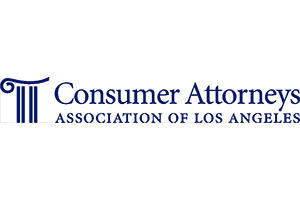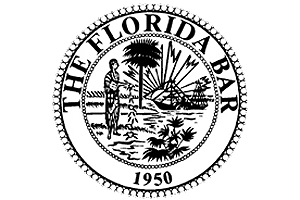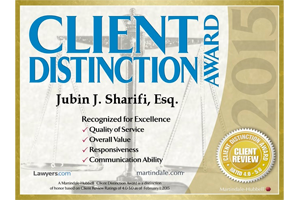In Southern and Northern California
Road Hazards
Dedicated Car Accident Lawyers Serving Victims in Los Angeles
Many crashes are caused by negligent drivers, but sometimes accidents arise due to road hazards, such as missing guardrails, debris, or potholes. Even a person driving defensively at a safe speed may be injured by an unexpected road hazard or a collision occasioned by swerving to avoid it. Sometimes the danger is on the side of the road, such as a vertical drop-off at the edge of the pavement or fixed objects at the roadside. Road hazard cases are often complex, particularly when the defendant is a city, county, or state that is well funded. At Sharifi Firm, our Los Angeles car accident attorneys represent people who have been harmed by road hazards in pursuing compensation.
Holding a Negligent Entity Accountable for Creating a Road Hazard
Road hazards often arise because of construction or maintenance. Cities, counties, and the state of California maintain roads and highways in Los Angeles and Southern California. Sometimes more than one government entity is responsible for maintaining the road. It is important to find out which government agency was responsible for a road hazard, not only so that the appropriate party is sued but also to determine whether the agency can be sued.
To recover damages for a road hazard caused by the government, your lawyer will need to show that the government knew about or should have known about the danger and should have repaired the road, or that it was built in a dangerous way. For example, if the state decides not to repair a particular guardrail, and as a result a car goes off a cliff, the state might be liable. However, if the guardrail just broke in the last day due to a storm, and the state had no opportunity to discover the danger and repair it, the state might not be liable.
Most government agencies have “sovereign immunity,” which means they cannot be sued, except under certain specified conditions. In most cases, negligence in maintaining a roadway is an exception to sovereign immunity. However, you may have to follow specific rules to recover compensation. Generally, you have only six months from the date of an accident to file a claim against a government entity for a hazard that caused your injuries.
Construction companies and the government entities that employ them are expected to follow certain regulations to make sure that the roads remain safe during construction and maintenance. Under these regulations, it is important to post warning signs, clear items from areas of the road that are open, and close the road as necessary. When there is a failure to follow regulations, the construction company hired by the state may be held responsible.
Sometimes drivers of cars or trucks cause road hazards by allowing debris or cargo to fall from their vehicles onto the road. If a truck is hauling cargo that would present a serious road hazard if it came unsecured and fell onto the highway, the truck driver owes a duty to others on the road to take reasonable steps to keep the cargo secure. A failure to abide by this duty may result in liability if the cargo falls from the truck and hits a car behind it.
In cases when the cargo is left in the road, creating a road hazard for a later-passing car, it can be difficult to locate the truck driver or the trucking company that negligently secured the cargo. However, if you are able to locate the truck or trucking company, you may be able to hold the driver accountable for negligence. His or her employer may also be held accountable under the doctrine of respondeat superior.
Explore Your Options with a Los Angeles Attorney after a Motor Vehicle Collision
If you suffer injuries in a road hazard accident in Los Angeles or the surrounding cities, you can discuss your options with the motor vehicle collision lawyers at Sharifi Firm. We provide aggressive representation for injured people throughout Southern California, including in Riverside, Temecula, San Bernardino, and Rancho Cucamonga. Contact us at (866) 422-7222 or via our online form for a free, no-obligation consultation.







